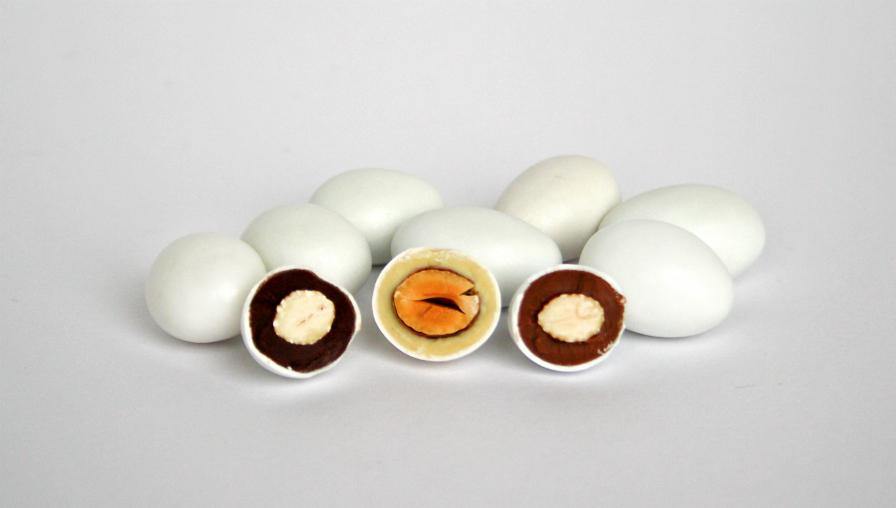Last summer, Lavinia took a magical trip to Peru where her adventures included visits to the Machu Pichu in the Andes, the tropical Amazon rainforest and cities such as Cusco which sits at almost 4000m altitude! At Cusco, she spent a day at the Choco Museum where she got the opportunity to create some delicious chocolate herself, learning about the history and the process of chocolate making at the same time.

Cacao trees grow 20 degrees above and below the equator with the widest range of species present in the Andes. The first people who ate cacao were the Mayas in Mexico. However, the Mayas did not eat cacao in the form of chocolate but as a drink mixed with water or milk. The Aztecs also loved the drink too but had to import it from the Maya lands and therefore, it was a luxury reserved for the richest.

During the conquest of the Americas, the Spaniards discovered the drink and brought it back to Europe where it was sweetened with the addition of sugar and grew increasingly popular. With the beginnings of cacao plantations in the colonies and the rise of the Industrial Revolution, cacao was traded and manufactured more efficiently. In London, Hans Sloane is thought to be the founder of the milk chocolate but various recipes for combining chocolate with spice, eggs, sugar and milk thrived during the period.
There are three types of beans in the world: Criollo, Forestero and Trinitario. Criollo was the first beans cultivated, by the Mayas. It is a native cacao that comes from South America and will have a different flavor if it is grown anywhere else. These beans contain 60-70% of cacao butter and are the same beans that are used by Lavolio to make our luxury confectionery.
There are between 20 and 60 cacao beans in a pod and around 100 pods are produced by a cacao tree in a year, which is equivalent to 10 to 15 chocolate bars. The pulp of the cacao pod is fermented and dried. Then the product is sent to Europe or USA where they are roasted at carefully adjusted temperatures to bring out more of the flavour and ground to attain a smooth texture. This is then combined with other ingredients such as sugar and powdered milk and tempered so that the chocolate is formed from organised crystals which gives a uniform texture and a shiny finish.

The choice of the specie of cacao used as well as the adjustments of temperatures and time spent processing cacao differ from manufacturer to manufacturer and are closely guarded secrets. Experiencing some of the steps of chocolate-making first hand leads to a greater appreciation for the finer details and thought that goes into making the perfect box of chocolates.



